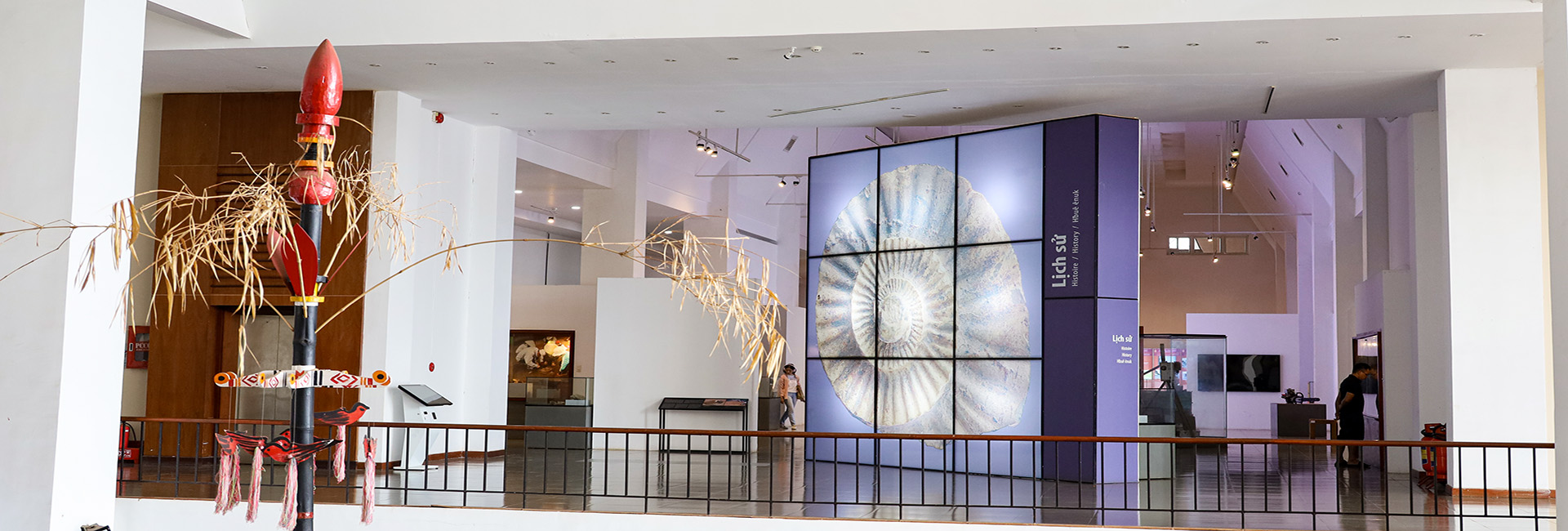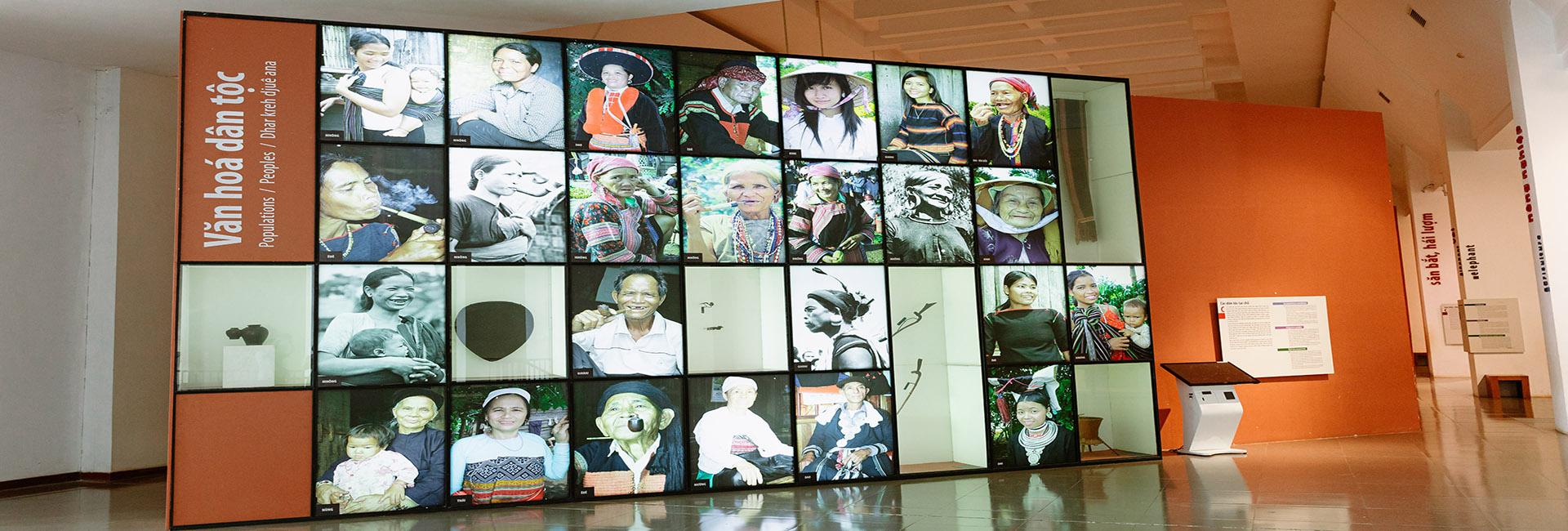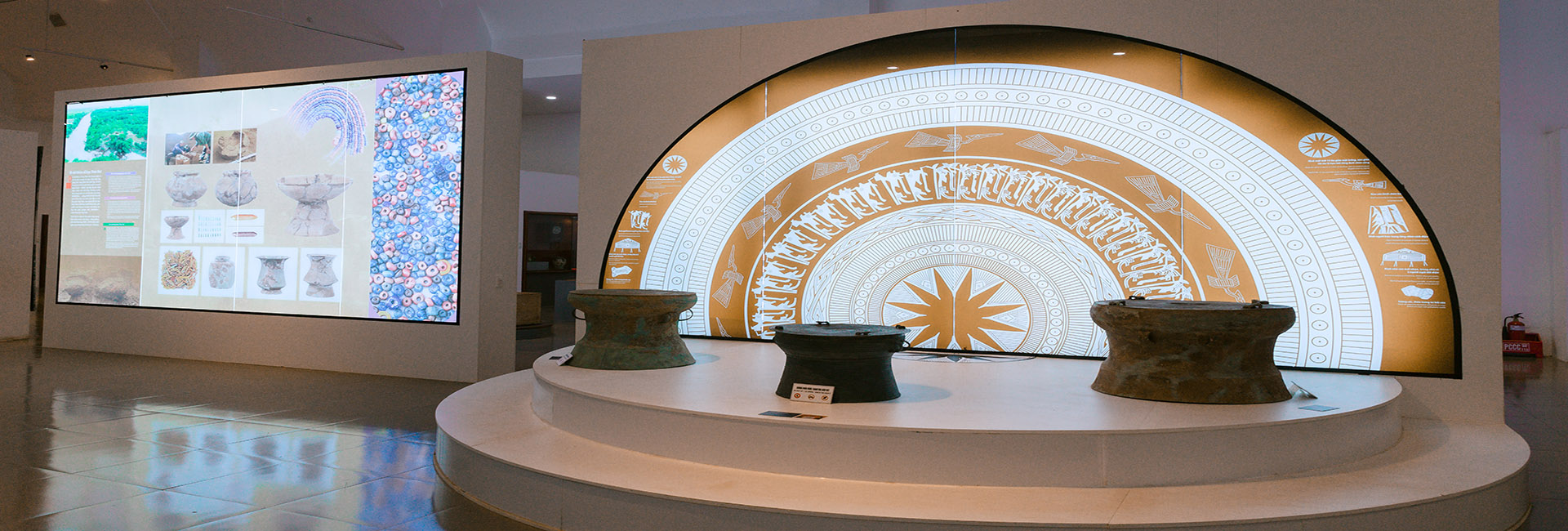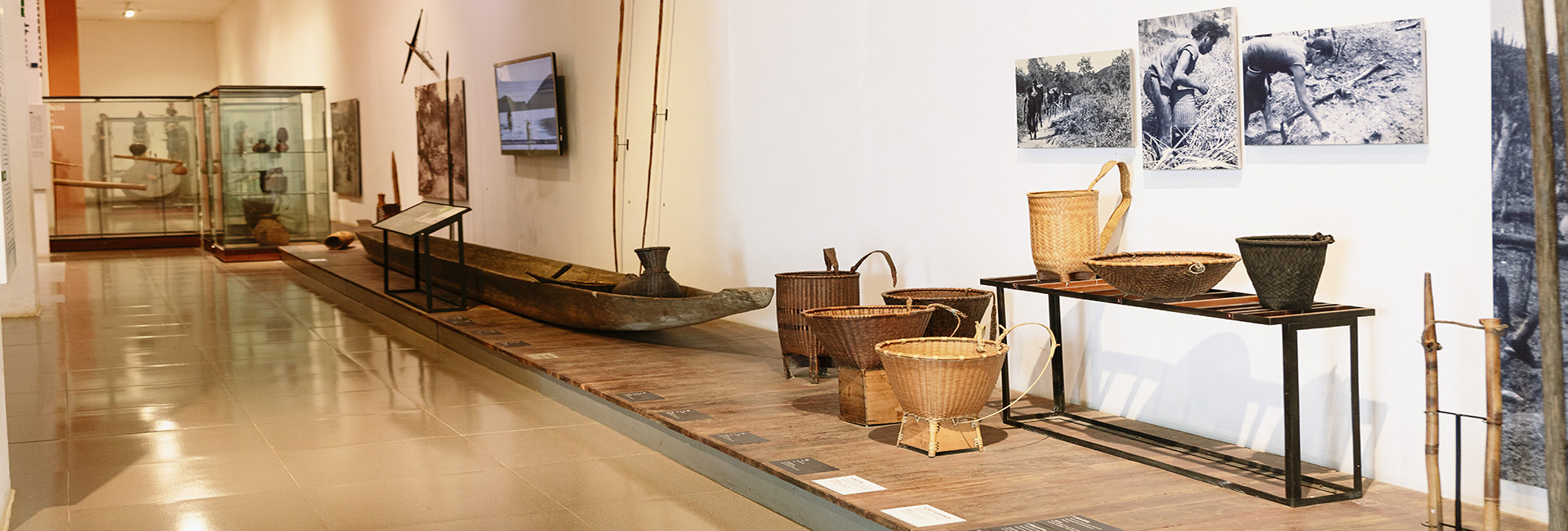A LITTLE DISCUSSSION ON THE ROLE OF INFORMATION TECHNOLOGY IN MUSEUM ACTIVITIES IN THE EARLY SPRING
The role of technology in museum displays has evolved rapidly over the past few decades. From basic audio guides to fully virtual reality experiences, museums are increasingly turning to apply technology to enhance visitors’ engagement, provide more interactive experiences and show collections in new and innovative ways.
One of the most popular applications of technology in museums is audio guides, which allow visitors to learn more about the exhibits they are viewing, often providing additional context, historical information, or personal stories related to the objects on display. Audio guides can be pre-recorded, allowing visitors to explore at their own pace, or they can be delivered via a hand-device or a smartphone app, and allowing visitors to interact with exhibits in real time. Some museums have also begun using beacon technology, which allows to send information to specific location to the visitor’s device as they move around in the museum.
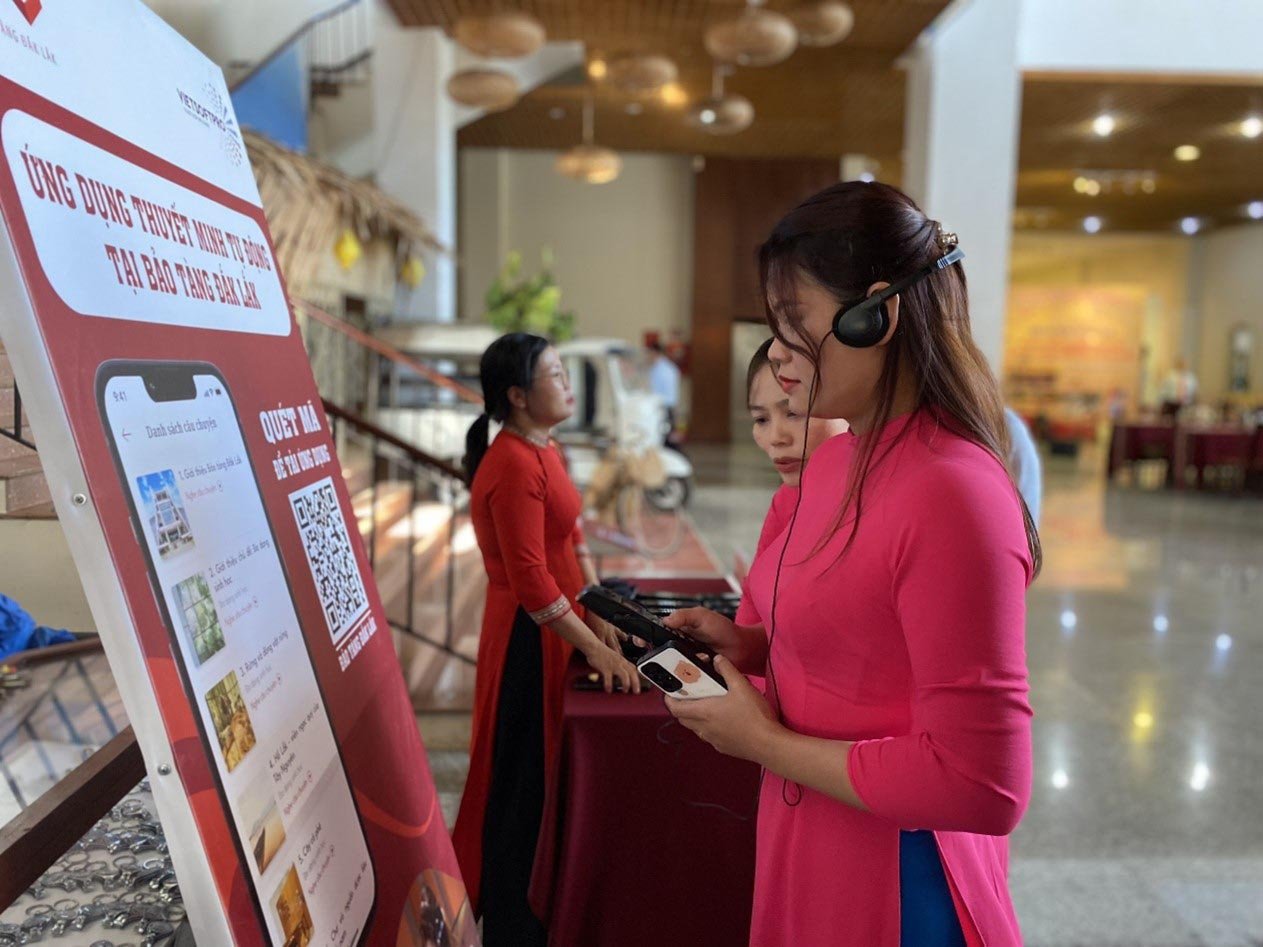

Another popular application of technology in museums is through interactive displays. They are many forms, from touch screens that allow visitors to explore digital collections, games simulating historical settings, to displays using virtual or augmented reality to bring visitors to other times and places. These interactive displays are often designed to be more attractive and accessible to both younger visitors, but they can also be used to engage visitors of all ages and backgrounds.
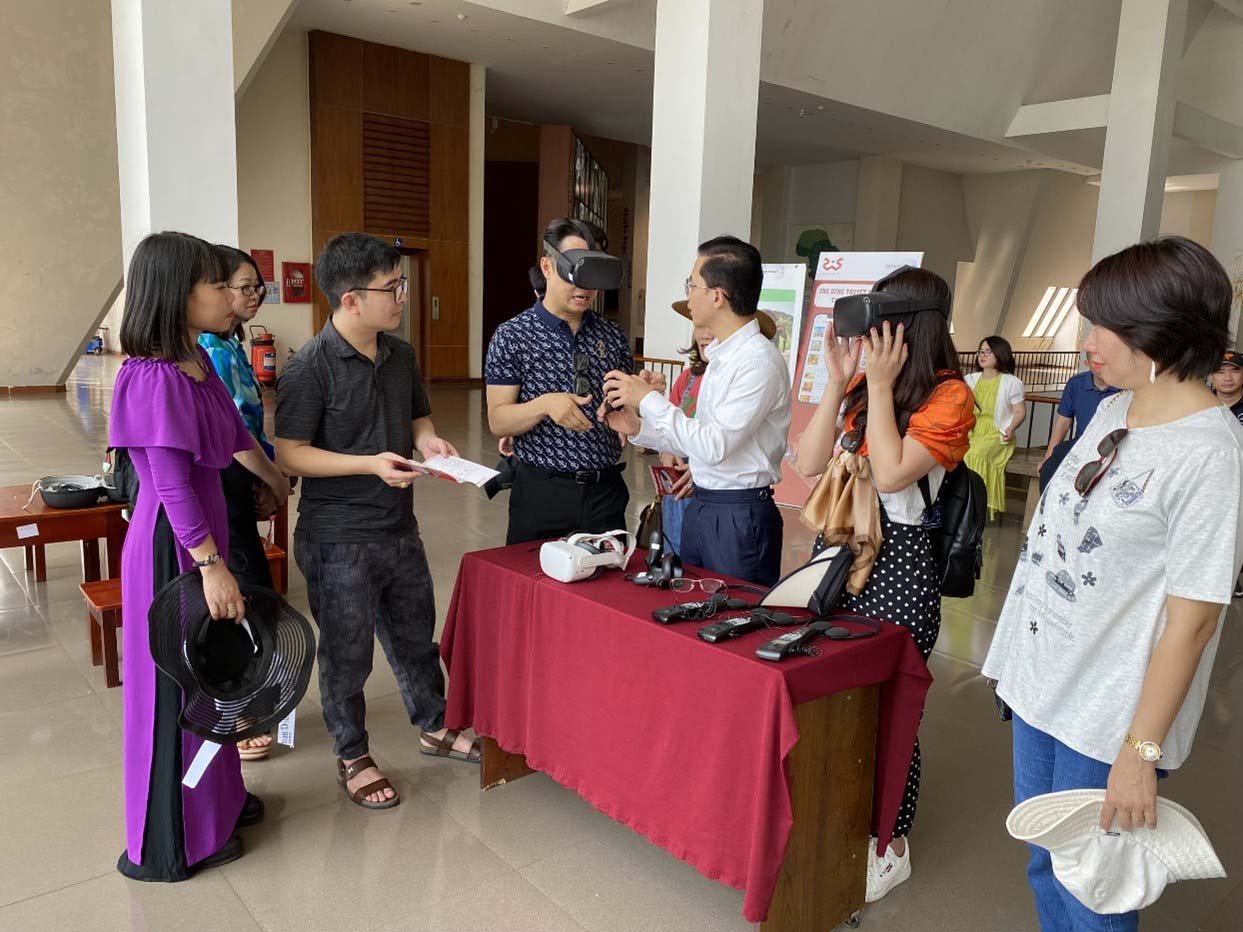
One of the most exciting technology application in museum displays islively experiences. These experiences often use virtual or augmented reality to create a fully acted environment that allows visitors to explore historical events, cultural traditions, or scientific concepts in new and creative ways. For example, the American Museum of Natural History in New York recently created an exhibit called “The Power of Poison”, which uses interactive screens and augmented reality to explore the science of poison and its impact on human history.
Technology can also be applied to enhance the accessibility of objects in museum exhibits. For example, museums are increasingly using audio captions and descriptions to make exhibits more accessible to the visitors who are deaf or blind. Some museums are also applying sign language interpreters, tactile displays, or other assistive technologies to ensure that all visitors can fully participate in exhibits.
One of the challenges of applying technology in museum displays is costly development and maintain. Additionally, it is a risk that technology could overshadow the objects on display, leading to a loss of focus on the collections and the stories they tell. Therefore, it is crucial that museums carefully consider the ways in which technology can enhance instead of decreasing the visitors’ overall experience.
Trends in information technology application in museums:
The technology application in museum displays is likely to continue growing in the coming years. As new technologies such as artificial intelligence, machine learning and robotics keep developing, museums will have new opportunities to engage visitors and display collections in new and innovative ways. However, it is important that museums continue to prioritize the visitors’ experience and ensure that technology is applied in a way that enhances rather than detracts from the overall goals of the displays. Currently, the trend of information technology application in museums brings the following benefits:
- Enhance visitors’ experience: With new technology, museums can offer visitors lively and interactive experiences, allowing them to engage with exhibits in newly exciting ways. This can help increase engagement and make a museum visit more enjoyable.
- Preserving artifacts: New technology can help museums preserve collections better. For example, 3D scanning can create a digital replica of an artifact, which can be used for research or to create virtual displays.
- Increased accessibility: Technology can make museums more accessible to a various viewers. For example, virtual reality could allow those who cannot directly visit a museum experience exhibits as if they were there.
- Educational opportunities: Technology can also be applied to enhance educational opportunities. For example, interactive displays can help to teach visitors about science, history, and art in a more attractive way.
Overall, new technology can help museums attract visitors better, preserve artifacts, increase accessibility, and provide educational opportunities.
Đinh Một





